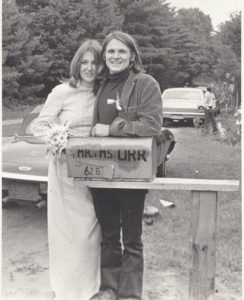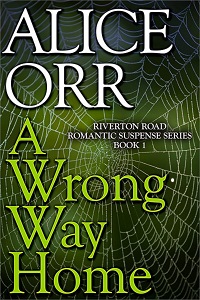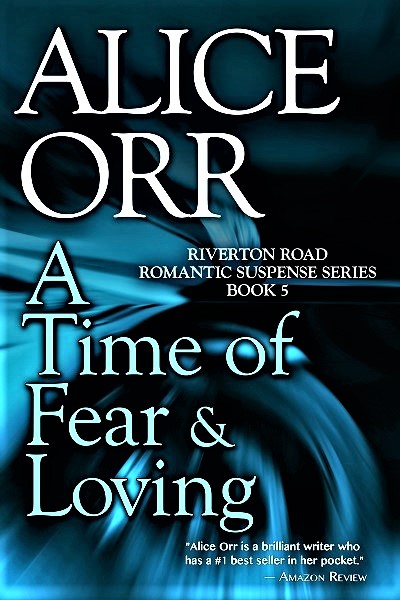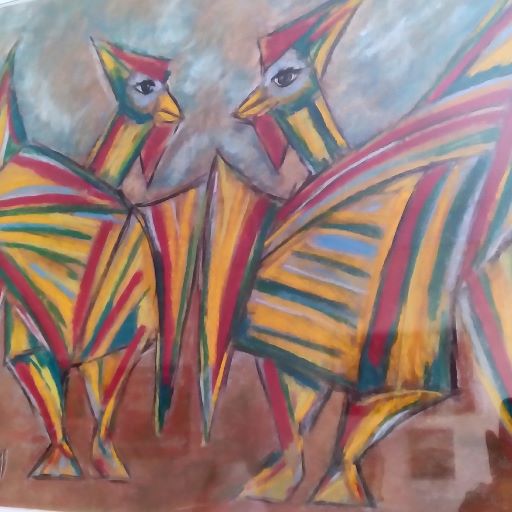The Writer and Her Handsome Prince. Once upon a time – 50 years ago this coming Friday – I was too harried to be nervous. The next many hours would be my wedding gift to almost-husband Jonathan. He had no idea what I had planned.

A hundred details were yet to be addressed. As always I had made many lists. Thank heaven for that because soon our little house on Burnup Road would be overrun by my womenfriends impatient to launch the day’s events.
This was a homemade wedding from the start. Everything my previous marriage that crashed and burned had never been. No silver embossed matchbooks here. Only the golden-hearted efforts of our community of friends.
The cake baked by someone’s roommate. Turkeys and hams from the ovens of our mothers in law. Hors d’oeuvres and salads concocted in our own kitchen by my sister social workers as the sink filled up with veggie peelings.

They forced me out of there eventually. Off with a self-appointed gaggle of girlfriends to be gowned in hippie homespun still waiting for a hem. My long hair was straight as usual until they advanced on me with curling irons. The brocade slippers on my feet were supposed to keep me from stumbling down the aisle.
I honestly cannot remember getting to the church. Jonathan and I walked to the altar together. Nobody owned me so I did not need to be given away. Neither did he.
I had designed the ceremony to reflect the depth of our love. Still, what happened that late afternoon astonished even me because of the passion of the players. A profound reading from a beloved literary friend. A soulful song composed and performed by my brother. An inspired blessing by a former priest in flowing robes. Jonathan reveled in everything as I had hoped he would.
There were surprises also that I had not planned. Gorgeous baskets for my bridesmaids created by my young son from wildflowers and roses. A vintage Cadillac at the church door to whisk us away with wild applause as a sendoff. A bathtub filled with ice and champagne bottles by our work place friends for our Black River house reception.

All day long enough anecdotes were born to feed a lifetime of memories. Moments that caught in our hearts. Moments to split your seams with laughter. Moments bathed by tears. Moments as sunlit as the bouquet of yellow roses I never tossed to anyone because I could not bear to let it go.
I have written thousands plus thousands of words since then. But this is the first time I have written about that day when we were so very brand new. When I was yet to write anything much at all and Jonathan was yet to become my great encourager of every page that followed.
Meanwhile 50 years of real-life stories have been lived. Adventure. Struggle. Triumph. Disappointment. Joy. Astonishment. Regret. Celebration. Tragedy too because our long time together has been reality not fairy tales after all. Yet to this day we blessedly remain – The Writer and Her Handsome Prince.

Alice Orr – https://www.aliceorrbooks.com.
ASK ALICE Your Crucial Questions. What are you most eager to know – in your writing work and in your writer’s life? Ask that question in the Comments section following this post. Share your writer’s journey and inspire future posts.
Alice has published 16 novels, 3 novellas and a memoir so far. She wrote her nonfiction book No More Rejections: 50 Secrets to Writing a Manuscript that Sells as a gift to the writers’ community she loves. Her novel – A Wrong Way Home – Riverton Road Romantic Suspense Series Book 1 – is another free gift for you HERE.

Praise for A Wrong Way Home: “The story twists and turns masterfully into danger and romance.” “I highly recommend this page-turner which is romance and suspense at its best.” “The writing is exquisite.”
Look for all of Alice’s books HERE.
https://www.facebook.com/aliceorrwriter
http://twitter.com/AliceOrrBooks/
http://goodreads.com/aliceorr/
http://pinterest.com/aliceorrwriter/






